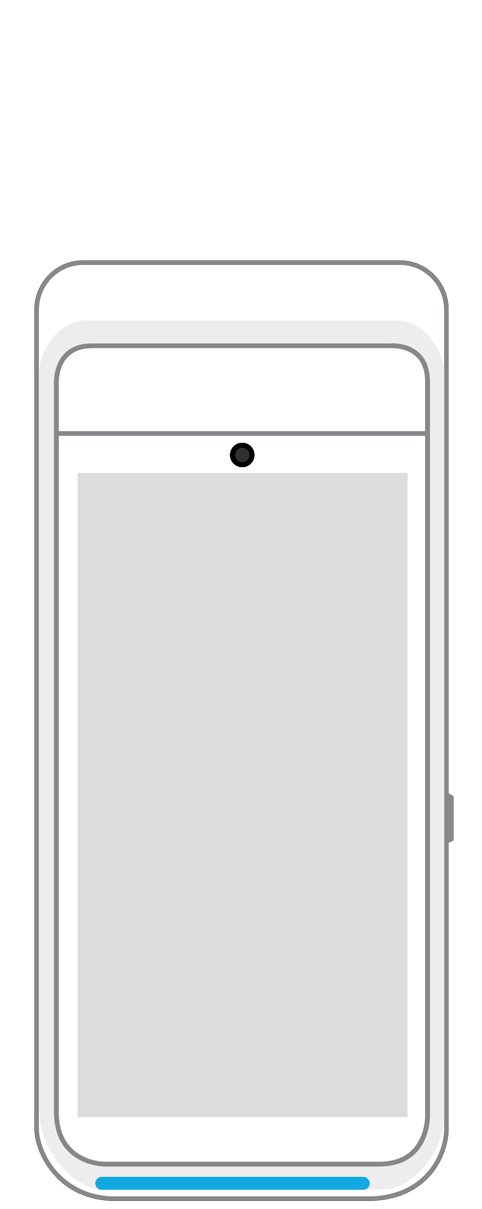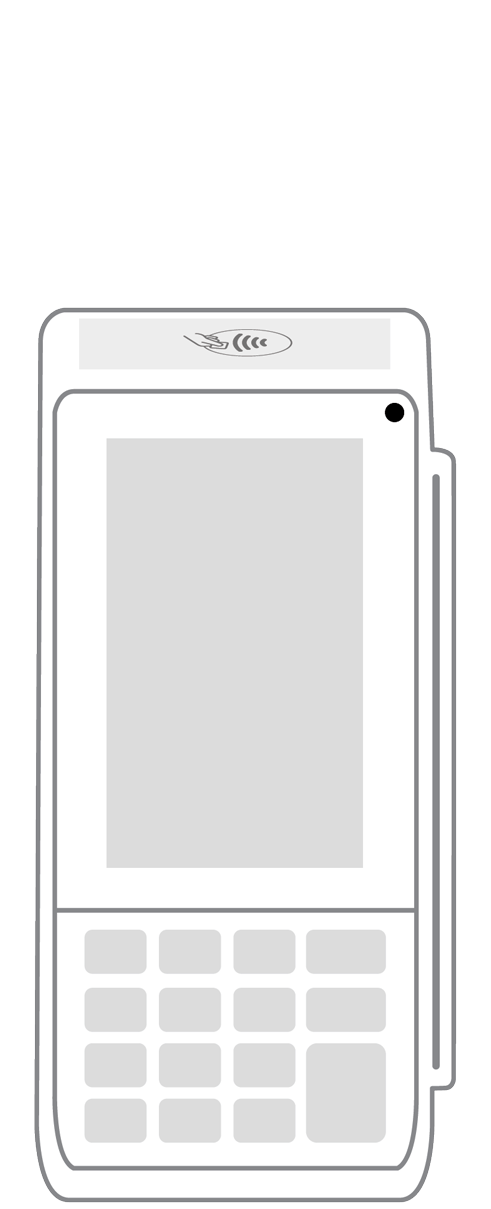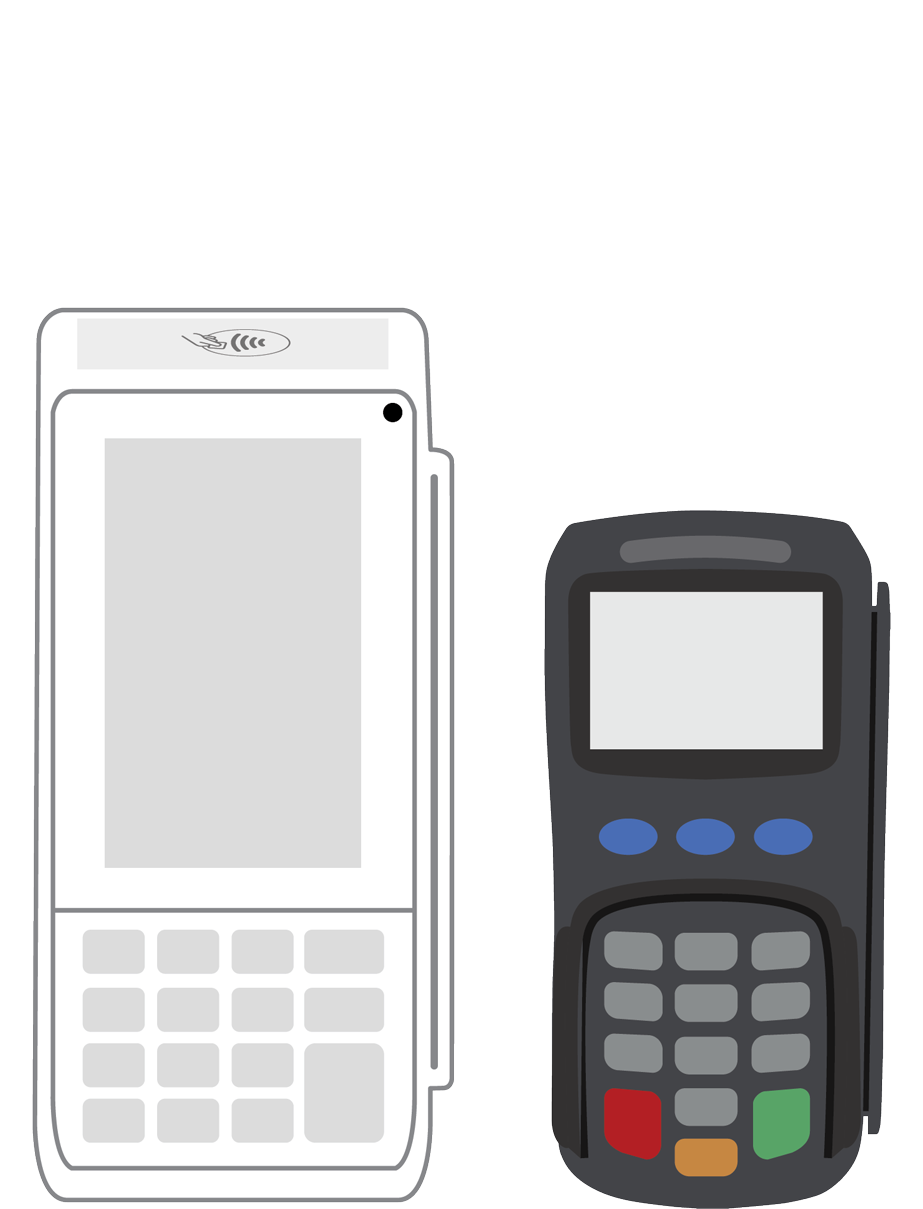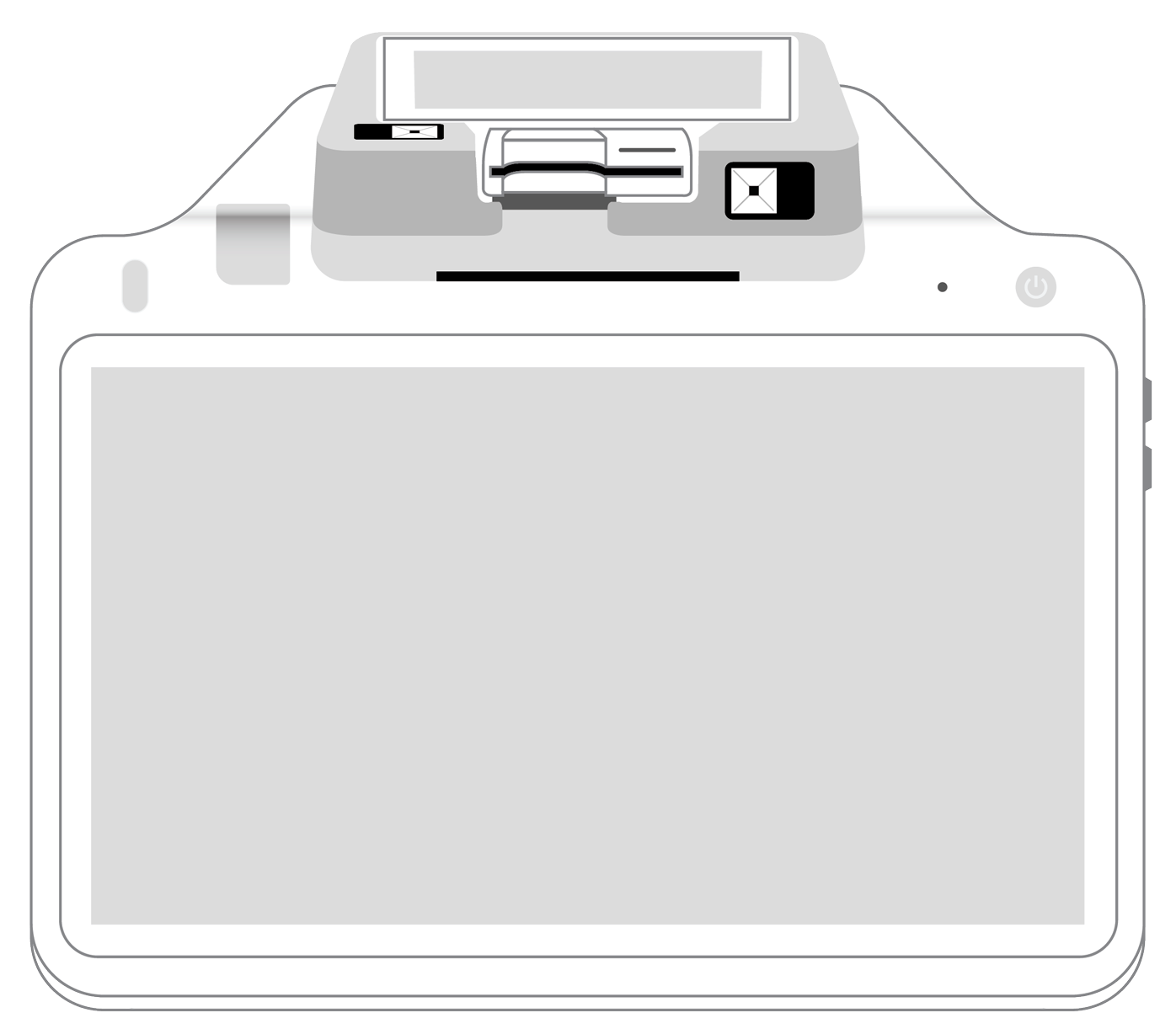Signatures Not Required for EMV Transactions

For as long as you’ve had a credit card, you remember signing for purchases made with that credit card. And as a business owner, you always made sure customers completed this final step for their purchases. Signatures were required to verify identity, but, be honest: how often did you actually verify a signature on the back of a card?
Times change and so does technology. On April 15, 2018, Discover, American Express, Visa and Mastercard announced they are doing away with the need for a signature on purchases. The reason? Technologies, specifically EMV (Europay, Mastercard, and Visa) chip-embedded cards, which have made the signature unnecessary.
The magnetic stripe on credit cards contains data that never changes, so if a fraudster gets a hold of someone’s credit card number, they can make purchases on that user’s account. However, when a chip card is used to make a payment, the chip creates a unique transaction code that is never used again, impeding the chance for fraud.
EMV chip credit cards are doing their job. According to reports from Visa, merchants who upgraded to accepting EMV cards saw a 76 percent drop in counterfeit fraud dollars in December 2017 compared to December 2015.
Is it safe to process a credit card without a signature? The resounding answer is yes. The actual signature itself does not ensure transaction security, so requiring a signature does not ensure fraud protection. If you’ve been accepting NFC contactless and mobile wallet payments, you’ll know that signatures have not been a requirement for these payment methods for some time.
To change the signature settings in PayAnywhere:
- Tap the Navigation Menu in the left corner of the app.
- Head to Settings.
- Under Signature & Tips, toggle Always Require Signature on/off.
- Tap Close to head back to the New Sale screen.
Ultimately, whether you require signatures or not comes down to your comfort level in making the payment process as easy as possible for customers. Be aware that customers may become accustomed to completing a transaction without a signature, so you may encounter frustration if they feel you require their signature unnecessarily. A seamless payment process that bypasses the signature requirement is a key step that helps eliminate a largely archaic practice that isn’t required in today’s world.
More from Business tips
 3-in-1 Reader |  Terminal |  Keypad |  PINPad Pro |  Flex |  POS+ | |
|---|---|---|---|---|---|---|
Payment types | ||||||
EMV chip card payments (dip) | ||||||
Contactless payments (tap) | ||||||
Magstripe payments (swipe) | ||||||
PIN debit + EBT | ||||||
Device features | ||||||
Built-in barcode scanner | ||||||
Built-in receipt printer | ||||||
Customer-facing second screen | ||||||
External pinpad | ||||||
Wireless use | ||||||
Network | ||||||
Ethernet connectivity | With dock | |||||
Wifi connectivity | ||||||
4G connectivity | ||||||
Pricing | ||||||
Free Placement | ||||||